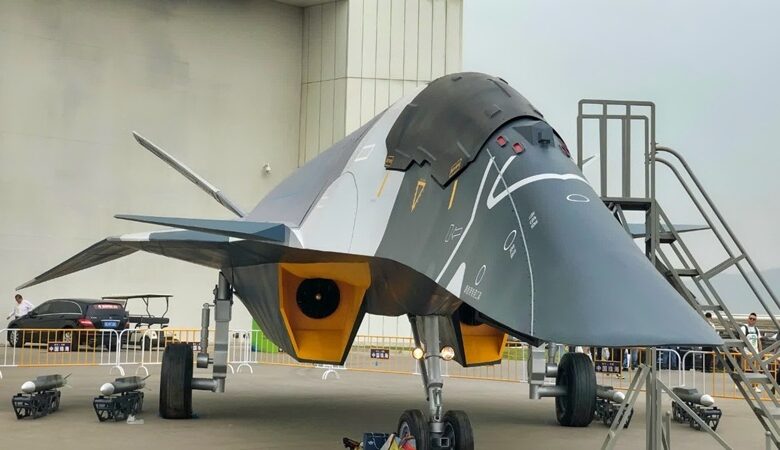China launches new sixth generation fighter prototypes
News Mania Desk / Piyal Chatterjee / 20th April Desk

China seems to be accelerating its efforts for air dominance, as new videos and pictures reveal two stealth planes in testing – prototypes of sixth-generation fighters.
The initial jet observed flying above Chengdu on December 26 is thought to be the J-36, created by Chengdu Aircraft Corporation. It showcases a tailless configuration and an uncommon three-engine arrangement. Another prototype, said to be constructed by Shenyang Aircraft Corporation and likely referred to as J-50, was seen on the same day close to a northern Chinese facility. This aircraft displayed V-shaped wings and dual engines.
Observers interpret the test flights as a signal: China is closing the technology gap with the US, which has recently granted Boeing a contract to produce the F-47 fighter for its Next Generation Air Dominance (NGAD) initiative. A deal for a Navy variant is anticipated shortly. Although the Chinese aircraft are still in the prototype stage—with landing gear deployed and test probes in sight—the speed of progress since the first sightings of sixth-gen concepts in 2022 indicates a strong development drive.
Experts indicate that the unveiling of this video is China’s method of demonstrating its swift advancements in fighter technology and exhibiting its strengths to the globe, particularly to the United States. The airplane seems to be in preliminary testing, as suggested by the deployed landing gear and a flight data sensor.
“What is perhaps more interesting is that China decided to make these test flights public, and the timing of those releases,” Kelly Grieco, a senior fellow at the Stimson Centre, told the media. “Coming on the heels of [Donald] Trump’s re-election win, these public demonstrations seem an attempt to signal to Washington that China is a modern military power.”
Joint sixth-generation fighter initiatives are being developed in various nations – Britain, Japan, and Italy are partnering on the Global Combat Air Programme, whereas France, Germany, and Spain are focused on the Future Combat Air System.
Specialists caution that China’s sixth-generation aircraft are currently in the conceptualization and testing phases. Engine efficiency, software engineering, and the comprehensive integration of systems continue to pose challenges. Kelly Grieco observed that employing three engines may be making up for the absence of a strong single engine, such as the WS-15, which is still under development.
Yoon Suk-joon from the Korea Institute for Military Affairs described the creation of a heavier fighter as “backward,” contending that worldwide trends favor smaller, more agile fighters and drones.






